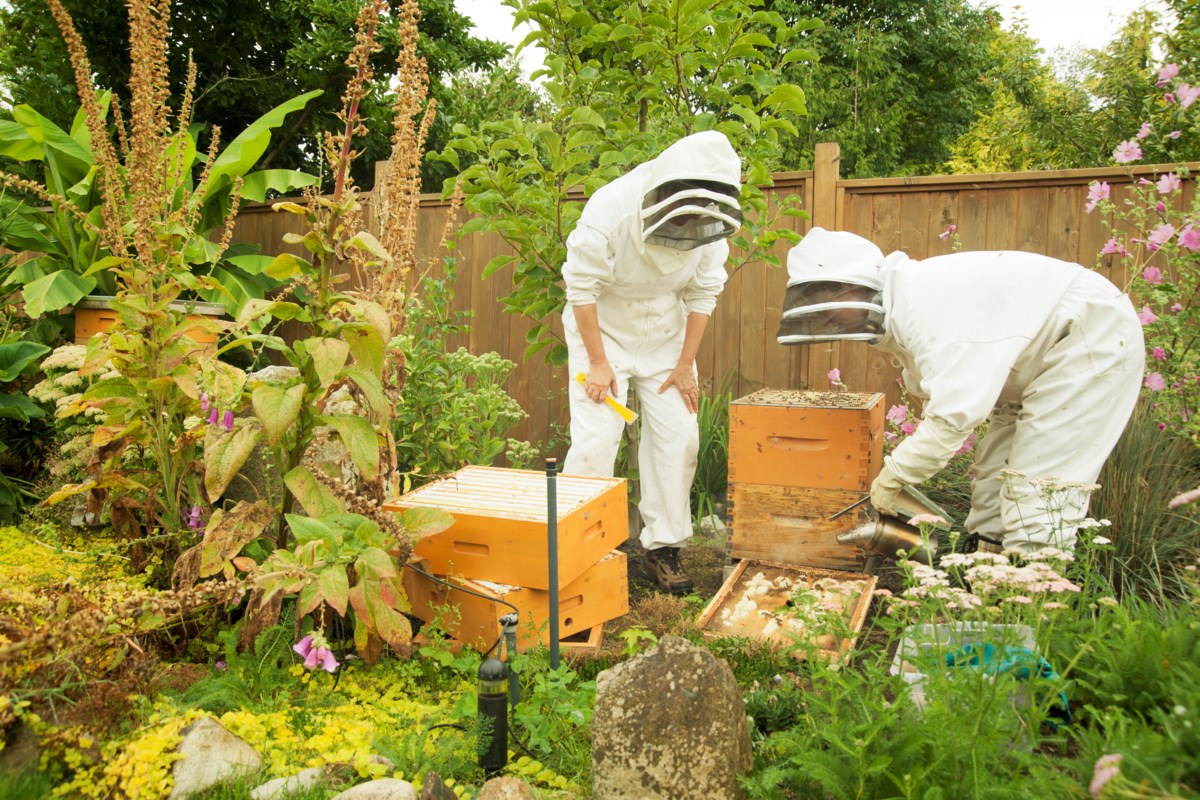BOZEMAN – A team of researchers from Montana State University’s College of Agriculture published an article earlier this month in the Journal of Insect Science describing the risk of Asian giant hornets establishing populations in the Pacific Northwest, including Montana.
Recent graduate Erik Norderud, Associate Professor Scott Powell and Professor Bob Peterson from the Department of Land Resources and Environmental Sciences looked at factors that may lead to a higher risk for the insect’s establishment. Hornets have become known as “killer hornets” due to their status as the primary predator of bees. The team conducted risk assessments for each county in Idaho, Montana, Oregon, and Washington, for a total of 175 counties.
Asian giant hornets, or Vespa mandarinia, are the largest species of hornets in the world. They were first detected in North America in Vancouver, British Columbia, and then in Whatcom County, Washington, in late 2019. The insect was first sighted in 2021 in early 2019. August, also in Whatcom County, in northwest Washington State. There have not yet been confirmed sightings of hornets in Montana.
“Asian giant hornets generally feed on insects, sap, and soft fruit, but they are known to attack and kill beehives in late summer and early fall when developing males and future queens need protein, ”said Norderud, graduate of the LRES professional master’s degree. program in fall 2020 and is the lead author of the article. “This behavior can affect beekeeping and pollination, and if hornets become established, they could displace native wasp species as well.”
Associated press
Norderud now works with the USDA Animal and Plant Health Inspection Service, or APHIS, in Washington state. He said the factors that make a county at high risk for hornet establishment are ideal temperature and suitable habitat. The queens of the Asian giant hornets need an environment warm enough to survive the winter, but they also seem to be sensitive to very hot climates. The queens of the Asian giant hornets also prefer green spaces for nest colonization, Norderud said, such as parks or forests.
The risk assessment for the study included factors such as forest cover, locations of apiaries, and the locations of ports and freight hubs in the 175 counties in those four states. Since hornets are native to Asia, port locations were critical as potential places for the introduction of insects through trade from Asian countries.
The data was turned into risk factor maps. Compiling the data allowed the team to see where the risk factors overlapped the most, assigning each county an overall risk assessment score, or ORS, classified as low, medium, or high risk.
The team identified 32 counties in the four states as “low risk,” 120 as “medium risk” and 23 as “high risk,” including Lewis & Clark County in Montana, which received a SOR of 9 because of its large number of apiaries. and a high density of forest cover. Lewis & Clark was the only county in Montana deemed “high risk” with one county in Idaho, nine in Washington and 12 in Oregon.
“This risk assessment is important because it helps professionals monitoring this invasive species prioritize areas where the hornet is most likely to become established,” said Peterson.
The best way to protect native pollinators and manage hives, Norderud said, is to prevent hornets from establishing themselves in greater numbers in the western United States. seeing around their homes and towns is essential for identifying giant Asian hornets in their communities.
“When the hornet was first discovered in the United States and reported in the media, people across the country claimed to find it,” he said. “There is great interest and enthusiasm, but there are many native look-alikes that are important to the local ecosystem. More importantly, I hope this post will increase awareness of the threat that Asian giant hornets may pose to critical pollinators in the United States.
The full document, which includes lists and risk ratings for the 175 counties of Idaho, Montana, Oregon and Washington, can be read by clicking here.
 Xoven Agricultor
Xoven Agricultor



